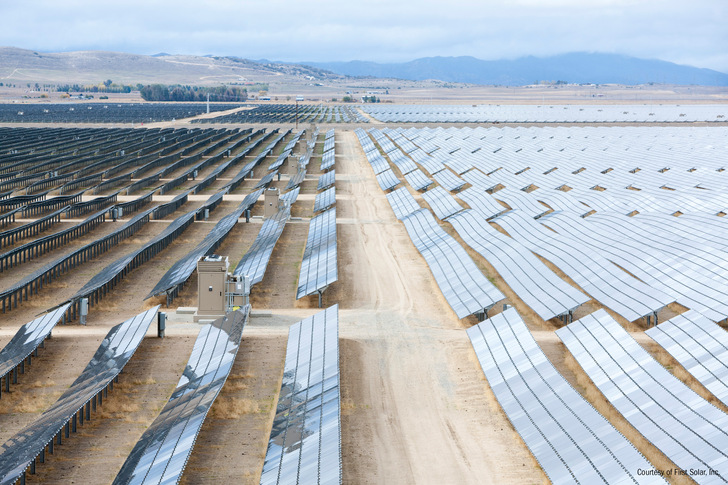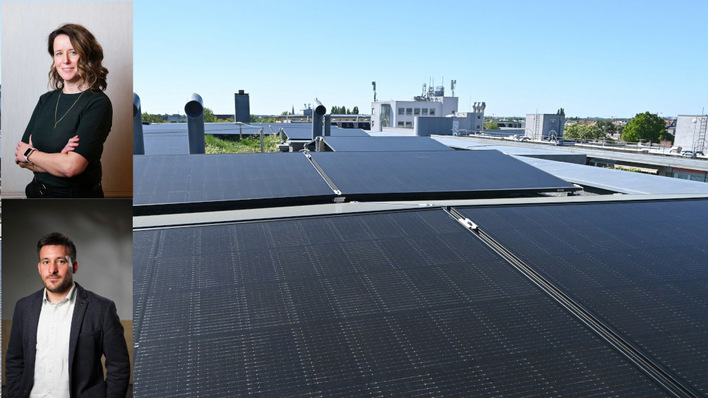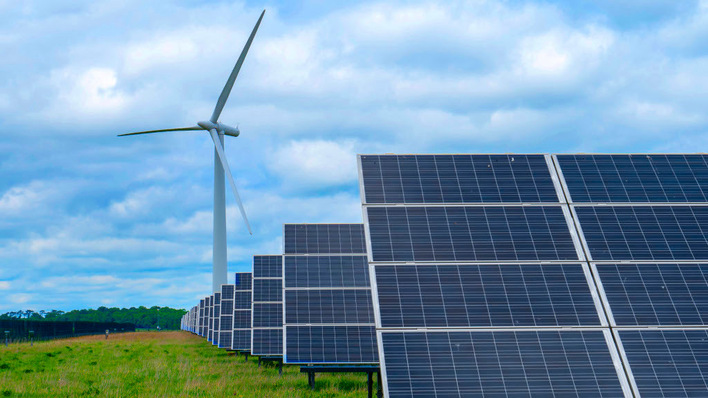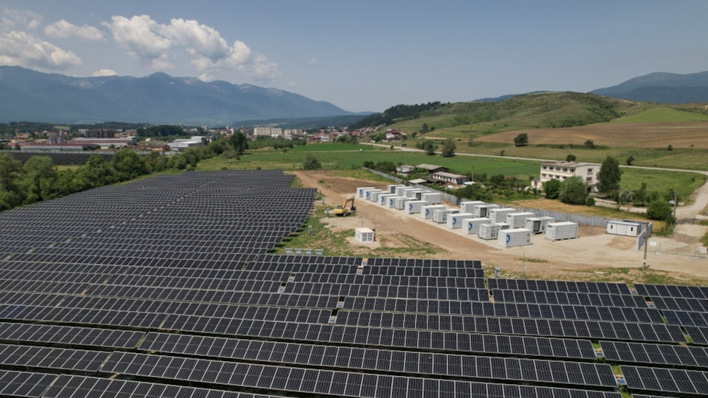Raising new debt for capital-intensive energy infrastructure is becoming increasingly difficult as demand for project financing intersects with headwinds in the US banking sector, a new analysis by S&P Global Commodity Insights says.
Ongoing banking sector volatility and renewed attention from regulators in the wake of the Silicon Valley Bank and First Republic Bank failures have diminished already scant risk appetite, the analysis says. As result, energy transition projects—such as hydrogen, offshore wind and carbon capture—that rely on significant debt financing from traditional lenders are increasingly challenged as they approach financial close and final investment decision despite significant funding included in the Inflation Reduction Act (IRA).
Triggered boom in privat capital for energy transition projects
“Lending capacity continues to tighten with banks concerned about everything from regulatory oversight to the capacity for deposits to drain away in a potential recession. Furthermore, the tightening credit availability is concentrated at the largest commercial banks, which are the traditional sources of financing for this type of large-scale energy projects“, Peter Gardett, Executive Director, Research and Analysis, S&P Global Commodity Insights, says.
At the same time, IRA incentives have triggered a boom in private capital for energy transition projects that can employ a higher degree of equity than debt, such as solar and onshore wind. Private capital firms deployed roughly $80 billion into IRA-qualifying investments in the period between August 2022 and April 2023.
Also interesting: Impact investing for climate change
“Any project that can rely on proven technology, clear tax credit provisions and smaller total capital spend per unit of energy has benefitted from a willingness among private capital firms to move ahead using equity-intensive financing structures“, Peter Gardett, Executive Director, Research and Analysis, S&P Global Commodity Insights underlines.
Solar as the winner
The rebalancing of investment flows can be observed in renewable electricity development in the United States, the analysis says. The number of funded solar projects, which can employ a higher degree of equity than debt, has expanded significantly over the last year. Meanwhile, many offshore wind projects, which are more dependent on debt, remain in a pre-final investment decision stage.
The absence of traditional bank financing for energy transition projects could place added pressure on non-traditional sources of debt—such as private debt funds and the U.S. Department of Energy Loan Programs Office —to fill the gap, the analysis says.
“The more that energy transition infrastructure projects fail to find sufficient bank debt backing for project finance in traditional markets, the more likely it is that the LPO will be pressured to replace banks in financing of big projects with relatively low technology risk but high levels of stakeholder and regulatory complexity, as well as a long time lag before first cashflow“, Peter Gardett, Executive Director, Research and Analysis, S&P Global Commodity Insights says. (hcn)









